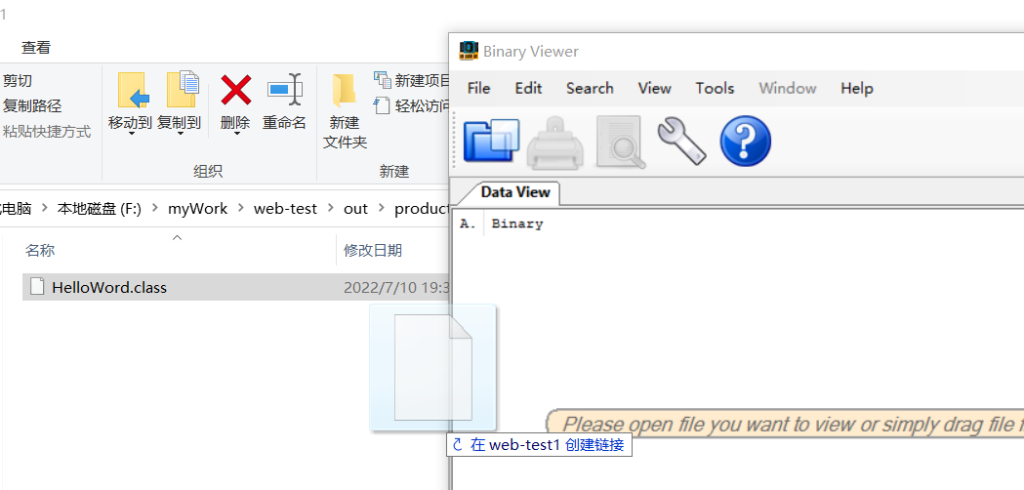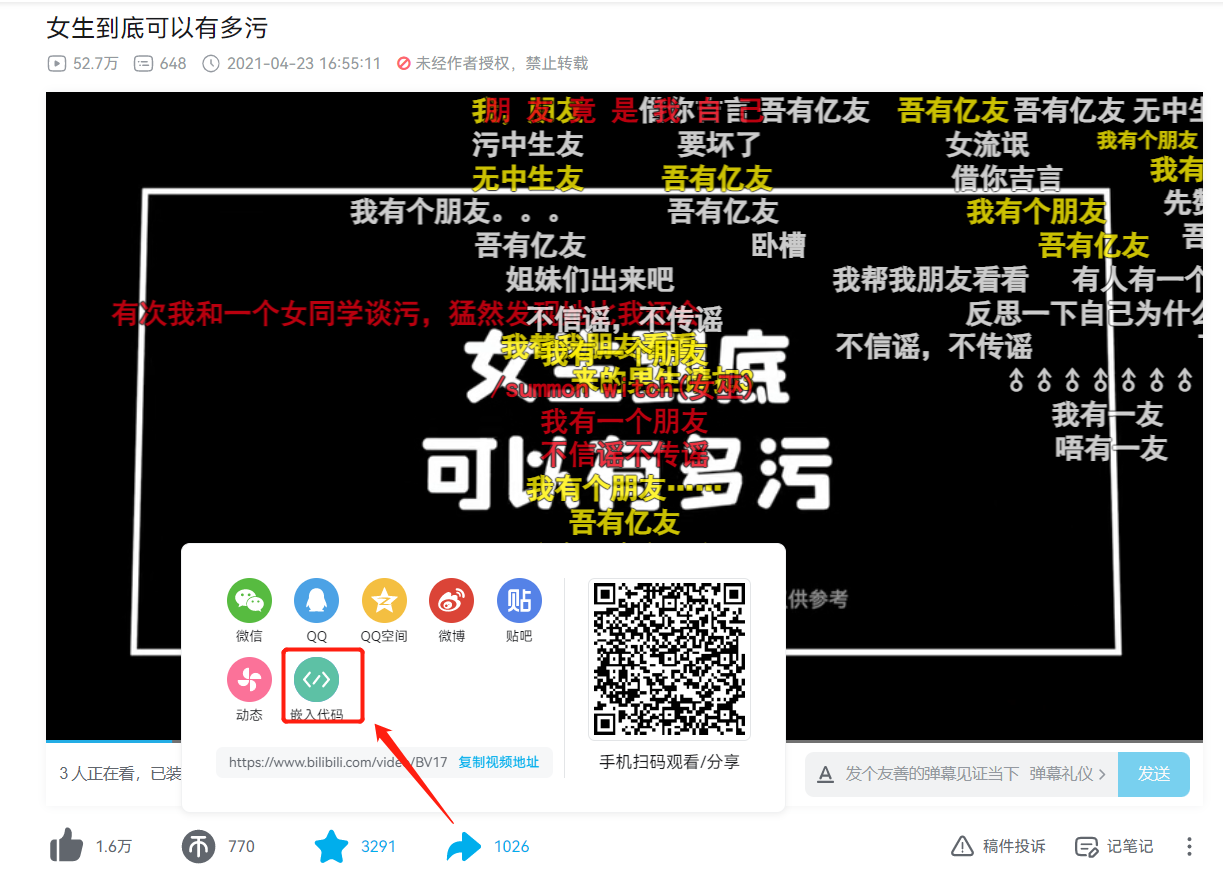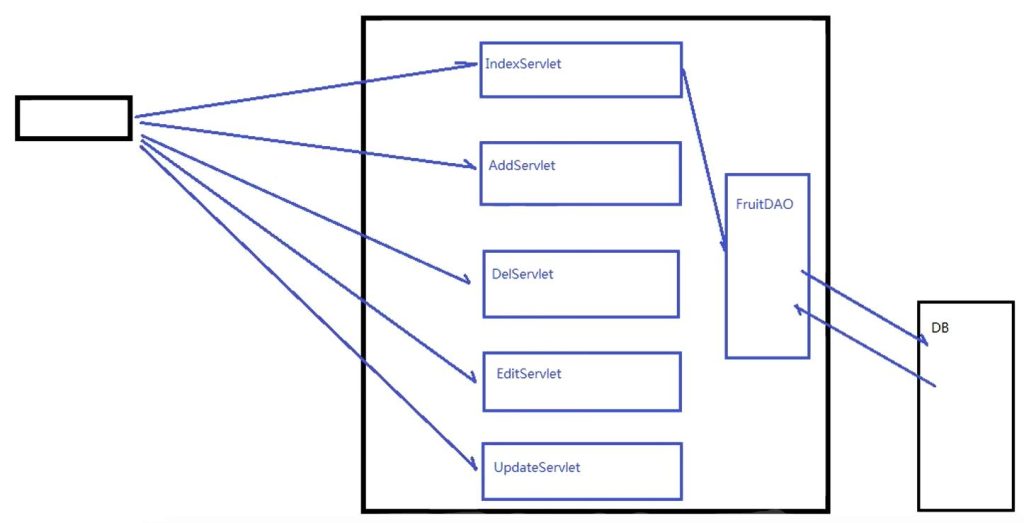1. 概念
监听器:专门用于对其他对象身上发生的事件或状态改变进行监听和相应处理的对象,当被监视的对象发生情况时,立即采取相应的行动。
Servlet监听器:Servlet规范中定义的一种特殊类,它用于监听Web应用程序中的ServletContext,HttpSession 和HttpServletRequest等域对象的创建与销毁事件,以及监听这些域对象中的属性发生修改的事件。
2. 分类
![图片[1]-Listener-深吸氧](https://xiyang-blog.oss-cn-hangzhou.aliyuncs.com/blog/2022/10/image-87.png)
- 域对象监听器
- 域对象的属性域监听器
- Session域中数据的监听器
3. 监听器列表
2.1 ServletContextListener
作用:监听ServletContext对象的创建与销毁
| 方法名 | 作用 |
| contextInitialized(ServletContextEvent sce) | ServletContext创建时调用 |
| contextDestroyed(ServletContextEvent sce) | ServletContext销毁时调用 |
ServletContextEvent对象代表从ServletContext对象身上捕获到的事件,通过这个事件对象我们可以获取到ServletContext对象。
2.2 HttpSessionListener
作用:监听HttpSession对象的创建与销毁
| 方法名 | 作用 |
| sessionCreated(HttpSessionEvent hse) | HttpSession对象创建时调用 |
| sessionDestroyed(HttpSessionEvent hse) | HttpSession对象销毁时调用 |
HttpSessionEvent对象代表从HttpSession对象身上捕获到的事件,通过这个事件对象我们可以获取到触发事件的HttpSession对象。
2.3 ServletRequestListener
作用:监听ServletRequest对象的创建与销毁
| 方法名 | 作用 |
| requestInitialized(ServletRequestEvent sre) | ServletRequest对象创建时调用 |
| requestDestroyed(ServletRequestEvent sre) | ServletRequest对象销毁时调用 |
ServletRequestEvent对象代表从HttpServletRequest对象身上捕获到的事件,通过这个事件对象我们可以获取到触发事件的HttpServletRequest对象。另外还有一个方法可以获取到当前Web应用的ServletContext对象。
2.4 ServletContextAttributeListener
作用:监听ServletContext中属性的创建、修改和销毁
| 方法名 | 作用 |
| attributeAdded(ServletContextAttributeEvent scab) | 向ServletContext中添加属性时调用 |
| attributeRemoved(ServletContextAttributeEvent scab) | 从ServletContext中移除属性时调用 |
| attributeReplaced(ServletContextAttributeEvent scab) | 当ServletContext中的属性被修改时调用 |
ServletContextAttributeEvent对象代表属性变化事件,它包含的方法如下:
| 方法名 | 作用 |
| getName() | 获取修改或添加的属性名 |
| getValue() | 获取被修改或添加的属性值 |
| getServletContext() | 获取ServletContext对象 |
2.5 HttpSessionAttributeListener
作用:监听HttpSession中属性的创建、修改和销毁
| 方法名 | 作用 |
| attributeAdded(HttpSessionBindingEvent se) | 向HttpSession中添加属性时调用 |
| attributeRemoved(HttpSessionBindingEvent se) | 从HttpSession中移除属性时调用 |
| attributeReplaced(HttpSessionBindingEvent se) | 当HttpSession中的属性被修改时调用 |
HttpSessionBindingEvent对象代表属性变化事件,它包含的方法如下:
| 方法名 | 作用 |
| getName() | 获取修改或添加的属性名 |
| getValue() | 获取被修改或添加的属性值 |
| getSession() | 获取触发事件的HttpSession对象 |
2.6 ServletRequestAttributeListener
作用:监听ServletRequest中属性的创建、修改和销毁
| 方法名 | 作用 |
| attributeAdded(ServletRequestAttributeEvent srae) | 向ServletRequest中添加属性时调用 |
| attributeRemoved(ServletRequestAttributeEvent srae) | 从ServletRequest中移除属性时调用 |
| attributeReplaced(ServletRequestAttributeEvent srae) | 当ServletRequest中的属性被修改时调用 |
ServletRequestAttributeEvent对象代表属性变化事件,它包含的方法如下:
| 方法名 | 作用 |
| getName() | 获取修改或添加的属性名 |
| getValue() | 获取被修改或添加的属性值 |
| getServletRequest () | 获取触发事件的ServletRequest对象 |
2.7 HttpSessionBindingListener
作用:监听某个对象在Session域中的创建与移除
| 方法名 | 作用 |
| valueBound(HttpSessionBindingEvent event) | 该类的实例被放到Session域中时调用 |
| valueUnbound(HttpSessionBindingEvent event) | 该类的实例从Session中移除时调用 |
HttpSessionBindingEvent对象代表属性变化事件,它包含的方法如下:
| 方法名 | 作用 |
| getName() | 获取当前事件涉及的属性名 |
| getValue() | 获取当前事件涉及的属性值 |
| getSession() | 获取触发事件的HttpSession对象 |
2.8 HttpSessionActivationListener
作用:监听某个对象在Session中的序列化与反序列化
| 方法名 | 作用 |
| sessionWillPassivate(HttpSessionEvent se) | 该类实例和Session一起钝化到硬盘时调用 |
| sessionDidActivate(HttpSessionEvent se) | 该类实例和Session一起活化到内存时调用 |
HttpSessionEvent对象代表事件对象,通过getSession()方法获取事件涉及的HttpSession对象。
3. ServletContextListener
3.1 实用性
将来学习SpringMVC的时候,会用到一个ContextLoaderListener,这个监听器就实现了ServletContextListener接口,表示对ServletContext对象本身的生命周期进行监控。
3.2 演示
创建监听器类
![图片[2]-Listener-深吸氧](https://xiyang-blog.oss-cn-hangzhou.aliyuncs.com/blog/2022/10/image-91.png)
注册监听器(可以通过注解或者配置文件进行注册)
![图片[3]-Listener-深吸氧](https://xiyang-blog.oss-cn-hangzhou.aliyuncs.com/blog/2022/10/image-92.png)
![图片[4]-Listener-深吸氧](https://xiyang-blog.oss-cn-hangzhou.aliyuncs.com/blog/2022/10/image-93-1024x326.png)
4. 优化
在之前的代码中,我们是在中央控制器初始化时才创建的IOC容器。现在我们可以在服务启动时便创建IOC容器,虽然这样启动会稍微慢点,但是系统的响应速度会大大提高。
![图片[5]-Listener-深吸氧](https://xiyang-blog.oss-cn-hangzhou.aliyuncs.com/blog/2022/10/image-94.png)
监听器监听上下文启动,在上下文启动时创建IOC容器,并保存到application作用域,之后中央控制器再从application中获取IOC容器。
![图片[6]-Listener-深吸氧](https://xiyang-blog.oss-cn-hangzhou.aliyuncs.com/blog/2022/10/image-95.png)
![图片[7]-Listener-深吸氧](https://xiyang-blog.oss-cn-hangzhou.aliyuncs.com/blog/2022/10/image-96.png)




![The server selected protocol version TLS10 is not accepted by client preferences [TLS12]-深吸氧](https://xiyang-blog.oss-cn-hangzhou.aliyuncs.com/blog/2022/02/20220224201351.png)








暂无评论内容